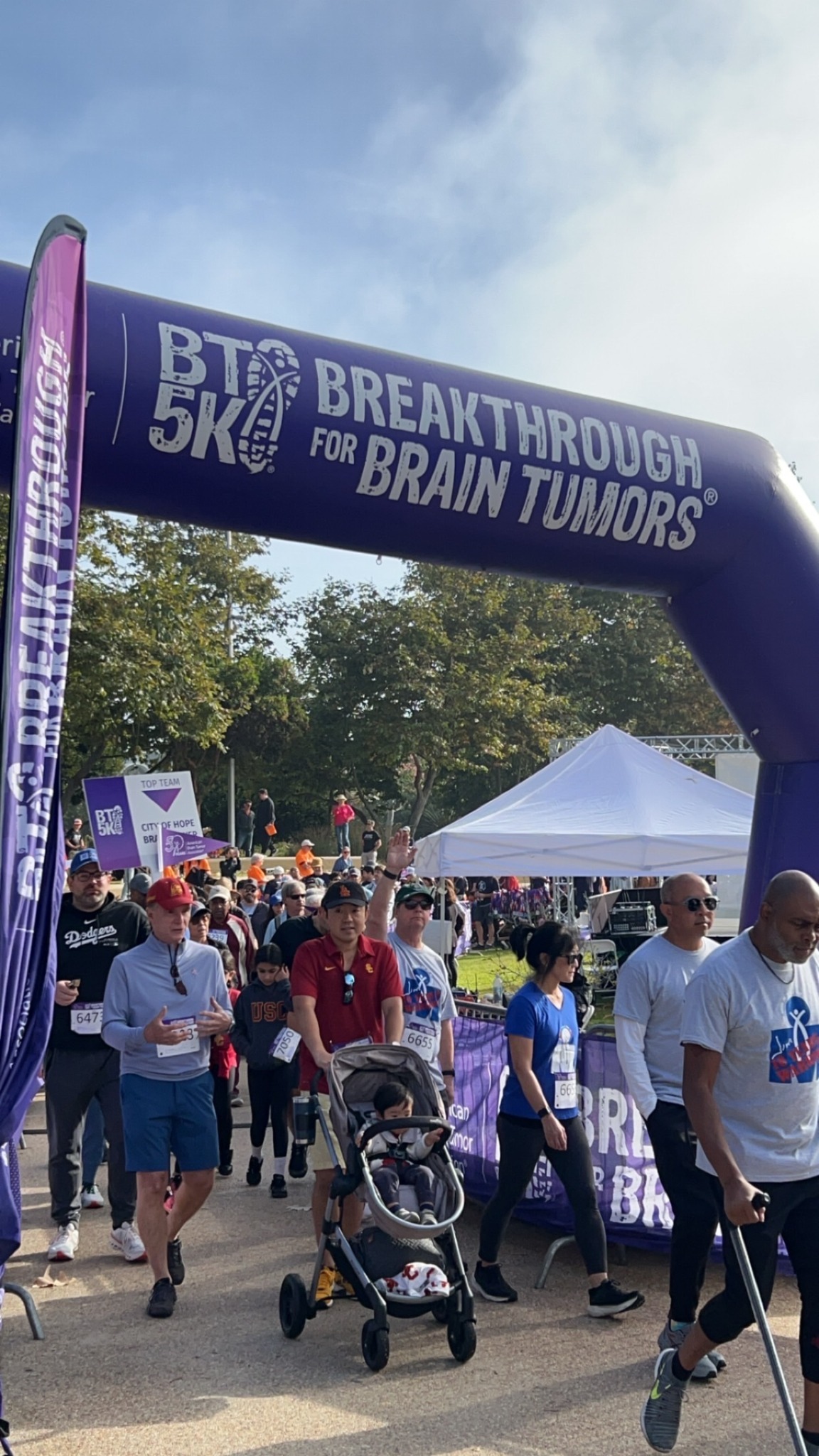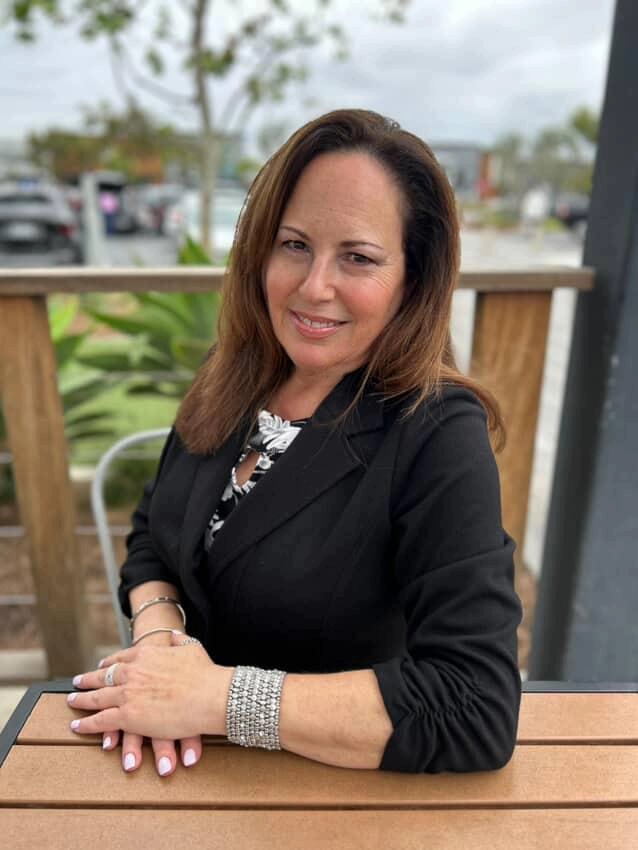We were lucky to catch up with Wendy recently and have shared our conversation below.
Wendy, looking forward to hearing all of your stories today. How did you get your first job in the field that you practice in today?
Growing up all I wanted to do was play sports, skateboard, roller skate, and hang out with friends. I had no idea what profession I wanted to pursue. Even as I worked my way through college, it took me forever to decide what I wanted to major and minor in. By the end of my sophomore year, I had landed a couple of roles in our university productions so I decided theater would be my major. I’ve always been interested in sociology so I selected that as my minor.
Being in survival mode all my life, I was driven to make a positive difference in the world and I had a passion for helping others. Although there are several universities that currently offer a major in Non-Profit Management–that wasn’t the case back when I was in college, otherwise it would have been a slam dunk for me.
I’ve always been a risk-taker so during my junior year of college I ended up creating a give-away for people living on the streets of Los Angeles’ Skid Row. I decided to collect new and gently used clothing along with hygiene products. With the support of my boss and the theater department chair, I was able to place bins and display flyers at work and school for colleagues and classmates to make donations. My vision was to organize the clothing by gender, type and size so people could select what they needed with dignity and feel like they were shopping rather than receiving a hand-out. I recruited friends and family members from all aspects of my life to help with sorting the clothing and participate in the distribution experiences. To my surprise, around 30 volunteers showed to participate in our first distribution. The distribution was a success and we continued to build on it for eight years (so it ended up lasting beyond college and into my first professional job—where I met with the property management and got them to agree to place donation bins in both of their buildings. They even ended up providing a storage space for us). I didn’t realize it, but all of the things that make me a good non-profit development professional were innate in me back then (cultivation, recognition, communication, organization, leadership, empathy, team building, and the ability to connect with people).
Anyhow, I began my career in the corporate world. I started out as a customer service representative and the role included teaching industry specific classes to real estate professionals, appraisers, insurance agents, private investigators, and so forth. I taught them how to obtain the information that they needed from our online database. I’m really going to date myself with this next statement; this was just before the Internet was widely used so people had to install software on their computers via a floppy disk to connect to our database via a modem at the speed of 1200 or 2400 baud (those who know, know)! The customers were billed per minute of usage so training and customer support were extremely important. A couple of years later I transferred into sales within that same company. Then I switched to copier sales for a fortune 500 company. Before I knew it, 10 years passed since I had graduated college and I was professionally unfulfilled. Frustrated, I decided to pick up a newspaper and read the want ads from A-Z rather than just looking at the sales positions. Then there they were… three small ads seeking non-profit fundraisers. The world lit up for me. I remember thinking, ‘Wow I can work as a non-profit fundraiser?’ Just knowing that felt like the sky opened up and I was handed a personal gift. That was it, I had finally found what I had been looking for. Of course, once I transitioned into the non-profit sector, I discovered various entities that focused on education and promoted positions within the field. As I had hoped my customer service and sales skills from the corporate world did translate well as a development professional but it wasn’t easy, it took a couple of years for me to fully integrate everything into this new path. I had a lot more to learn than I realized. There’s a great deal of strategy and planning that goes into professional fundraising. I started networking and taking fundraising classes through UCLA extension which led to a “Certificate in Fundraising” at the same time I landed my first job in 1999 with a non-profit organization that provided services and support for abused children. I became their first Corporate Relations Specialist.


Awesome – so before we get into the rest of our questions, can you briefly introduce yourself to our readers.
Just before my son was born in 2005, I went through the rigorous process of becoming a Certified Fund Raising Executive (CFRE.org). I was working my way up the non-profit career ladder and thriving. My specialty became developing relationships with individual donors and inspiring them to increase their annual giving. I also identified those that had the interest and capacity to be converted into major donors. I asked questions, listened, and presented options that would help them realize their philanthropic goals. I went on to create three different annual/major gift programs for three different organizations. I became involved with the Greater Los Angeles Chapter of the Association of Fundraising Professionals (AFP). I served on various committees, chaired events and became an AFP GLAC board member. I learned a great deal about working with committees and leadership through all of that volunteering. In 2013, I was hired as the Executive Director of a non-profit organization that helps low-income students get in, stay in, and graduate from college. I wasn’t feeling well for some time, but as a workaholic I took pride in not using my sick time and being able to push beyond the pain I was feeling. By the end of 2014, it got worse. I was experiencing daily headaches, chronic fatigue, night sweats, severe cramps, nausea, and body aches. I was so stressed out that I cried during a meeting with board members and my mind froze a few times while I was giving presentations. I also had trouble remembering numbers (such as my debit card pin). Then one night I ended up having a grand mal seizure while I was reading with my son in his bed (he was eight and that was our quality time together). First responders were called and I was taken by ambulance to a local community hospital where a CT scan was performed. A mass was seen in my brain so I was transferred to a larger hospital for an MRI. Soon after a biopsy was performed on the mass. A few days later we received the news that I had a malignant brain tumor. Although I felt lucky to be alive, I thought my career was over… I was medically retired for eight years while I recovered… I didn’t know if I would ever find my way back.
From 1999 up until my brain cancer diagnosis at the end of 2014, I built a successful career in the non-profit sector where I helped lead and raise funds for services that benefited some of the most economically disadvantaged populations in Los Angeles. Throughout all of that time my focus was representing human service non-profits. I never saw myself transitioning to the health care side of the sector. Yet here I am—a brain cancer survivor working as the first West Coast Community Manager for the American Brain Tumor Association (ABTA). I may be biased but now I get to spend time with some of the smartest, coolest, and talented people in the world. I never would have believed it if someone would have told me when I was growing up that I would one day be collaborating with neurosurgeons, neuro-oncologists, neuroscience researchers, along with patients, patient advocates, and other medical professionals.
The ABTA was founded in 1973 by two mothers who were coming to terms with their own daughters’ brain tumor diagnoses. This was an era that today’s scientists and medical professionals refer to as “the dark ages” because—at that time—there was no coordinated funding of brain tumor research, no medical specialty dedicated to brain tumors, no national tracking of the incidence or prevalence of brain tumors, and no information to aid patients and families in the understanding of their brain tumor diagnosis and course of treatment. Brain tumors are relentless. They impact every aspect of a person’s life and these two mothers formed what would become the first national brain tumor organization dedicated to funding brain tumor research and providing patients and families with support, education, and information about their diagnosis and treatment. Two of the things that make the ABTA unique right now are our vast array of patient support services (including our National Conference) in addition to our process for selecting which scientific research projects to fund. As a brain cancer survivor and someone who is active in the brain tumor community, I can truly say I’m also very proud to represent the ABTA.


Other than training/knowledge, what do you think is most helpful for succeeding in your field?
I believe all of my life experiences have prepared me to succeed in this field, including the eight years I spent rebuilding my life after my craniotomy. While I was relearning to walk, talk, and drive again–I created a blog called “2nd Chance 2 Live” where I started sharing the resources that were helping me, interviewing survivors who had written memoirs, and eventually created “A Face of Strength” …an ongoing social media awareness campaign where other brain tumor/cancer survivors are featured and those who have been lost are memorialized. This campaign puts a face on the disease and promotes the strength and wisdom found within our community. All of the work I did (and continue to do) on my blog, carried over into my position with the ABTA. I’m honestly a more well-rounded development professional now than I was before my diagnosis.
I believe the innate qualities I mentioned earlier… the ability to cultivate relationships, recognize and celebrate the time and effort that volunteers and donors make, communicate, organize, lead, and team build, along with the ability to empathize and connect with people are what make me successful in this position. All of that plus my first-hand experience with the disease.


If you could go back, would you choose the same profession, specialty, etc.
Absolutely, 100 percent yes! I’m blessed beyond words to have the opportunity to make a positive difference through my career. I’m also grateful to have the chance to grow the ABTA’s partnerships with California institutions that have brain tumor centers and/or conduct scientific research such as Keck Medical Center of USC, UCLA Health, UCI Health, Pacific Neuroscience Institute, Cedars-Sinai Medical Center, City of Hope, Stanford Medicine Health Care, Stanford Children’s, Sutter Health – California Pacific Medical Center, UCSF, Benioff Children’s Hospital at UCSF, and UC Berkeley Neuroscience.
A large part of my job is growing California’s Breakthrough for Brain Tumor 5K (BT5K) events. These events help fund the critical research grants we award and the free patient and caregiver service programs we offer. They also provide an opportunity for the brain tumor community (and others) to come together with shared goals and hope.
The 2025 Northern California BT5K will take place at 8:00 AM on September 6, at Lakeside Park, Lake Merrit
The 2025 Los Angeles BT5K will take place at 8:00 AM on October 18, at Crescent Bay Park in Santa Monica
Visit BT5K.ORG for more details
*Photos are of the 2024 BT5Ks and the 2024 BT5K Host Committees.
Contact Info:
- Website: https://2ndchance2live.com/
- Instagram: https://www.instagram.com/2nd.chance.2.live/
- Facebook: https://www.facebook.com/2ndChance2Live
- Linkedin: https://www.linkedin.com/in/wendy-santana-34392512/
- Twitter: https://twitter.com/2nd_Chance2Live
- Other: https://www.abta.org/
https://2ndchance2live.com/suggestedreading/


Image Credits
Jared Shipman


